The longest-standing vendetta in baseball, and in professional sports, has been against the New York Yankees, the most successful franchise in sports history. A 27-jewel crown decorated the head of the once-tyrant Bronx Bombers whose infamy stretched from the stands all the way to opposing dugouts—said tyranny has since fizzled out. Instead, a new villain in the eyes of disheveled baseball purists has emerged, one that resides on the complete opposite side of the country. Take a wild guess: the Los Angeles Dodgers have become the new villains of baseball—or maybe, fans are getting more sensitive.
A large majority of this article is going to be centered around the signing of the largest free agent in sports history, two-way superstar Shohei Ohtani, who played the first six seasons of his career down the freeway with the Los Angeles Angels (of Anaheim). Let’s just get straight into it.
Ohtani signed a 10-year, $700 million contract with the Dodgers in early December in what was the richest deal in North American sports history, surpassing the likes Mike Trout, Patrick Mahomes, and Lionel Messi. Shohei Ohtani is a big deal, and his contract reflected that. Before I start going off, let’s look at some of his contract details and stipulations so we can look back later and smile. Ohtani asked for there to be unprecedented deferrals of his contract, over 90% of it—he’d receive $2 million of his $70 million average annual salary over the 10 years of his contract in order to maintain and promote the competitiveness of the team while he was employed with the Dodgers. The rest would be paid in $68 million installments over the 10 years after his contract ended. How nice!
As soon as Ohtani hit free agency, it was clear that every team had at least some small hope to attract the star; only a few were able to match the financial flexibility and overall appeal that was necessary to get his attention. Among those teams were the Toronto Blue Jays, Seattle Mariners, Chicago Cubs, New York Yankees, New York Mets, Texas Rangers, along with the aforementioned Angels and Dodgers. (Wait, the San Francisco Giants were also pursuing him! Oh, well.)
Of those teams, only a few stayed in the running until the end. Considering the Angels attempted to start extension talks during the ’23 season, they dropped out pretty early on. The Cubs and Mariners expressed an unwillingness to meet the asking price, and were also out early. Both New York teams were ruled out due to the scene and location that Ohtani was imagining, which most likely didn’t involve an East Coast team. Only three teams remained: the Dodgers, the Jays and the reigning champion Rangers.
Very soon after the three teams were named, the Rangers also dropped out of the race as they were also uncommitted to the asking price, seeing as they had already spent heavily the last few offseasons and had quite literally won the World Series without Ohtani the year prior. As for the Blue Jays, this is where it gets a little silly.
A whirlwind of rumors and heightened suspicions created a confounding narrative around the landing spot for Ohtani, starting with a rumor of a flight from Anaheim to Toronto (which still wouldn’t have been a big deal) that ended up not being for the big guy. Almost right after, it was confirmed that Japanese Blue Jays starter Yusei Kikuchi had reserved an entire sushi restaurant in Toronto for the near future—it was for his wife’s birthday party. How people got access to these pieces of information is beyond me, but they were all reported false and the Jays were finally ruled out, in part due to the Jays also not being “in the ballpark” of the eventual $700 million deal along with the amenities that the Dodgers offered.
Did all of this make logical sense?
…
I’m going to take that as a yes, and for a good reason. Everyone that could have gotten Ohtani didn’t, and the excuse for financial inflexibility isn’t really an excuse anymore. Every billionaire owner could have made it a bigger fight for the biggest free agent in the history of baseball, but they didn’t—that means money wasn’t the only deciding factor.
Look at the Dodgers farm system every year since Frank McCourt scurried out of Los Angeles and you’ll see a consistent streamline of talent directly from domestic and international scouting that parallels very few. The “power comes last” belief upheld by Dodgers scouts allows for them to find the real potential in players from a young age where other teams simply can’t, and this isn’t even the only edge they’ve had on other teams.
While your eyes are drawn to the endless stream of future stars waiting for their shot from Oklahoma City and Tulsa, the Dodgers front office is looking for discarded talent from other teams that they see still have some spark in them. The best example of this in recent years is Justin Turner, an off-hand release from the New York Mets who was picked up by the Dodgers and, after 10 years and an entire day being dedicated to him by the city of Los Angeles, was reborn by the boundlessly forward-thinking hitting and development coaches the Dodgers continue to hire. I could name more if you’d like.
Oakland A’s discard Max Muncy is already top 10 in home runs in Dodgers history since he was acquired in 2018. Chris Taylor has found a home at almost every position on the field (and an NLCS MVP award) since he was mindlessly traded for Zach Lee in 2016. Frequent-failure Andrew Heaney was turned into a weapon by the Dodgers in 2022 when he scrapped his slider/curve mix for a sweeper, the same being true for (2022 All-Star!) Tyler Anderson in the same season. Jason Heyward was signed on a minor league deal before the 2023 season and ended up securing himself a $10 million contract to return this year. In the last two seasons, the Dodgers have turned random relievers who were on the brink of unemployment into lockdown arms on any team you put them on—Chris Martin and new-closer Evan Phillips in 2022 and Ryan Brasier in 2023, who had a 7.08 ERA in Boston before posting a 0.64 ERA with the Dodgers, like the good boy he is.
Nobody wanted those guys before the Dodgers transformed them. Chris Martin got himself a nice contract with the Red Sox, Andrew Heaney secured himself a two-year contract with the Rangers with which he won a World Series, Tyler Anderson was awarded a five-year contract with the Angels after an All-Star season. Even still, there are plenty of names missing. And guess what? A lot of them sucked after they left the Dodgers, but at least they got paid. That may be crass, but it’s the truth.
Let’s get back on track.
Of course, Shohei Ohtani was only the start of what started pissing off fans across the country. About a week after the deal was announced, Andrew Friedman picked up the phone and demanded that righty starter Tyler Glasnow be sent to Los Angeles with his best friend outfielder Manuel Margot in exchange for Ryan Pepiot and Ryan DeLuca. Now we’re talking.
To make matters worse, nobody even wanted these guys! At least, that’s what baseball social media started saying once they knew he was heading to the Dodgers. Sometimes I wonder why that is, and then I get distracted while gazing into Glasnow’s ridiculously large eyes. But wait, it doesn’t end there?
Perfect. The best part had still yet to come. The most highly-coveted Japanese pitcher in history, World Baseball Classic champion starting pitcher Yoshinobu Yamamoto, was believed to be narrowing down his team decisions to two teams: the New York Mets, and… the Los Angeles Dodgers?! Oh, no!
Oh, yes. Mets owner Steve Cohen reportedly offered Yamamoto a final-stretch offer of $325 million over 12 years. Friedman matched. Between the two, the decision was easy. I guess when you’ve cultivated a culture of winning, development, and meticulous dedication to staying ahead of the curve, you can have anyone you want.
So, I can finally say what I’ve been building up to this whole time:
The Dodgers aren’t ruining baseball. Everyone else just sucks at it.
JD Martinez came off a solid year in 2022 for the Red Sox, surely ensuring at least two years with any willing team going into the 2023 offseason. He took less money on a one-year contract with the Dodgers because he knew they’d get him back to where he wanted to be, and they did. When you have people giving up contract insurance and literal money to play for you, you’re absolutely doing something right. Even with the largest contract in sports history, they were still able to work out a way to have it be as low-risk as possible.
The next time you think of complaining about another move the Dodgers make, signing a player to a two-day contract while deferring the money over the next 76 years, just remember that your team could have too. They could have dedicated time, money, and resources to the curation of an unparalleled culture of winning and constant improvements while conveniently having one of the largest markets and payrolls in baseball to attract players that actually want to win instead of wasting their careers on any random team one might think of. (San Diego, perhaps.)
In fact, why didn’t they?


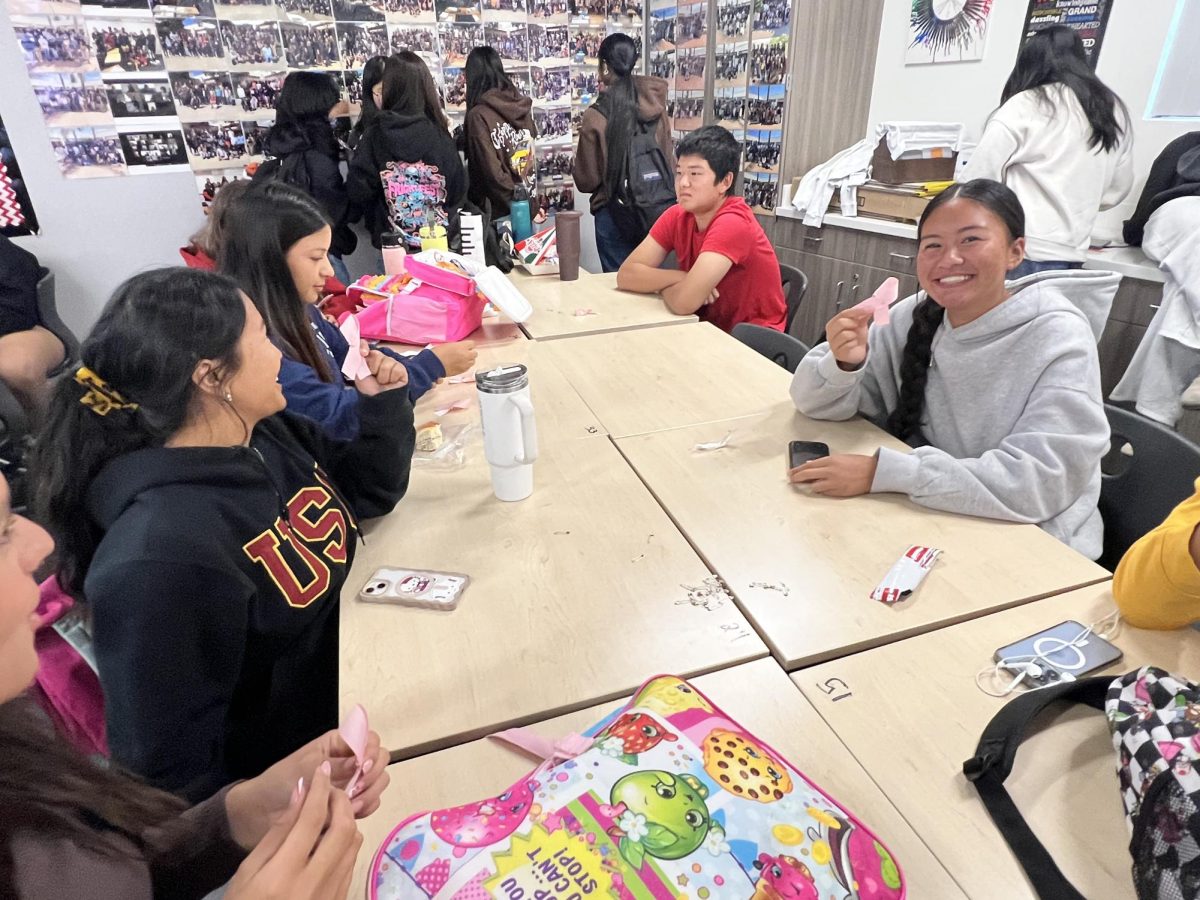
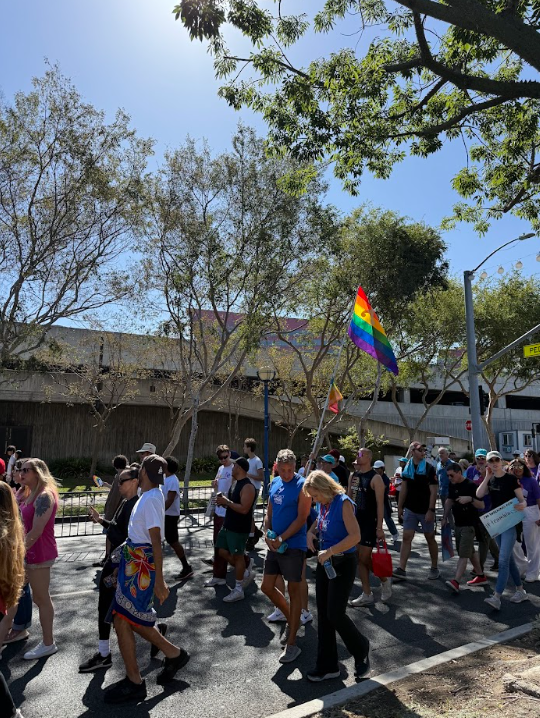

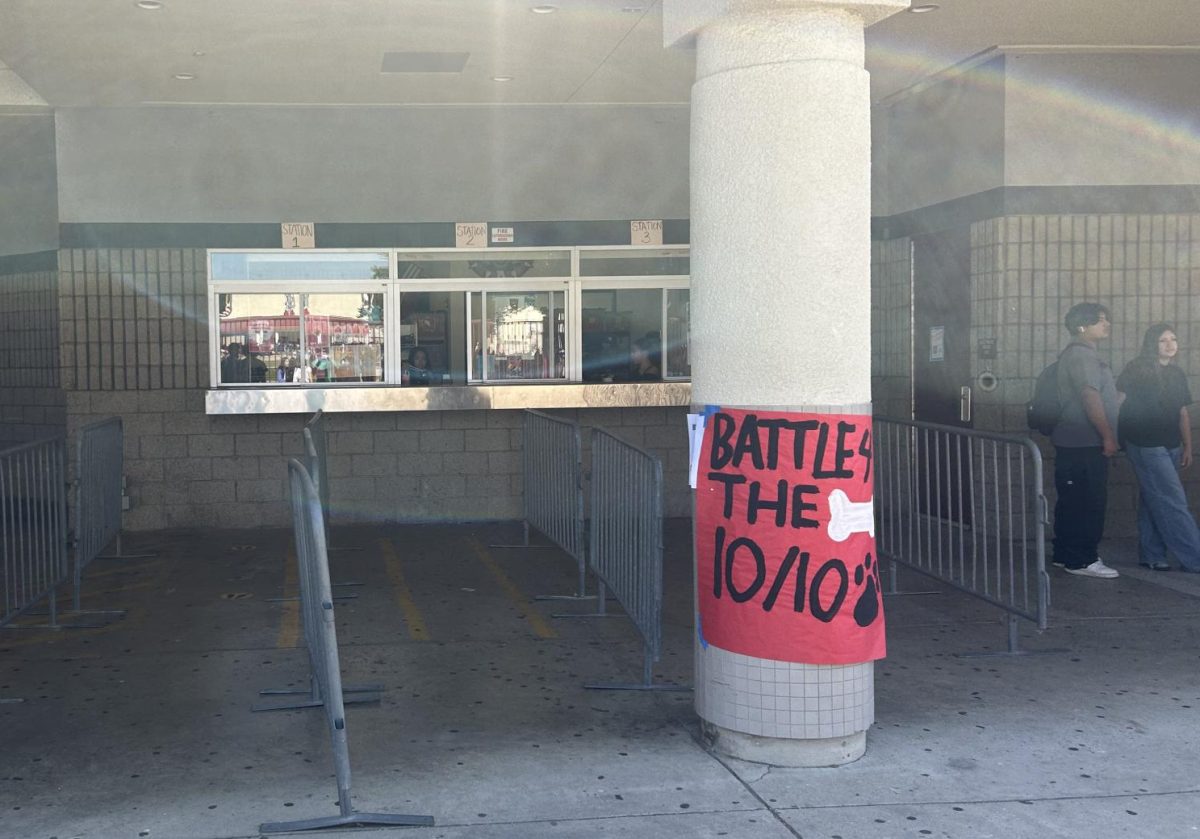
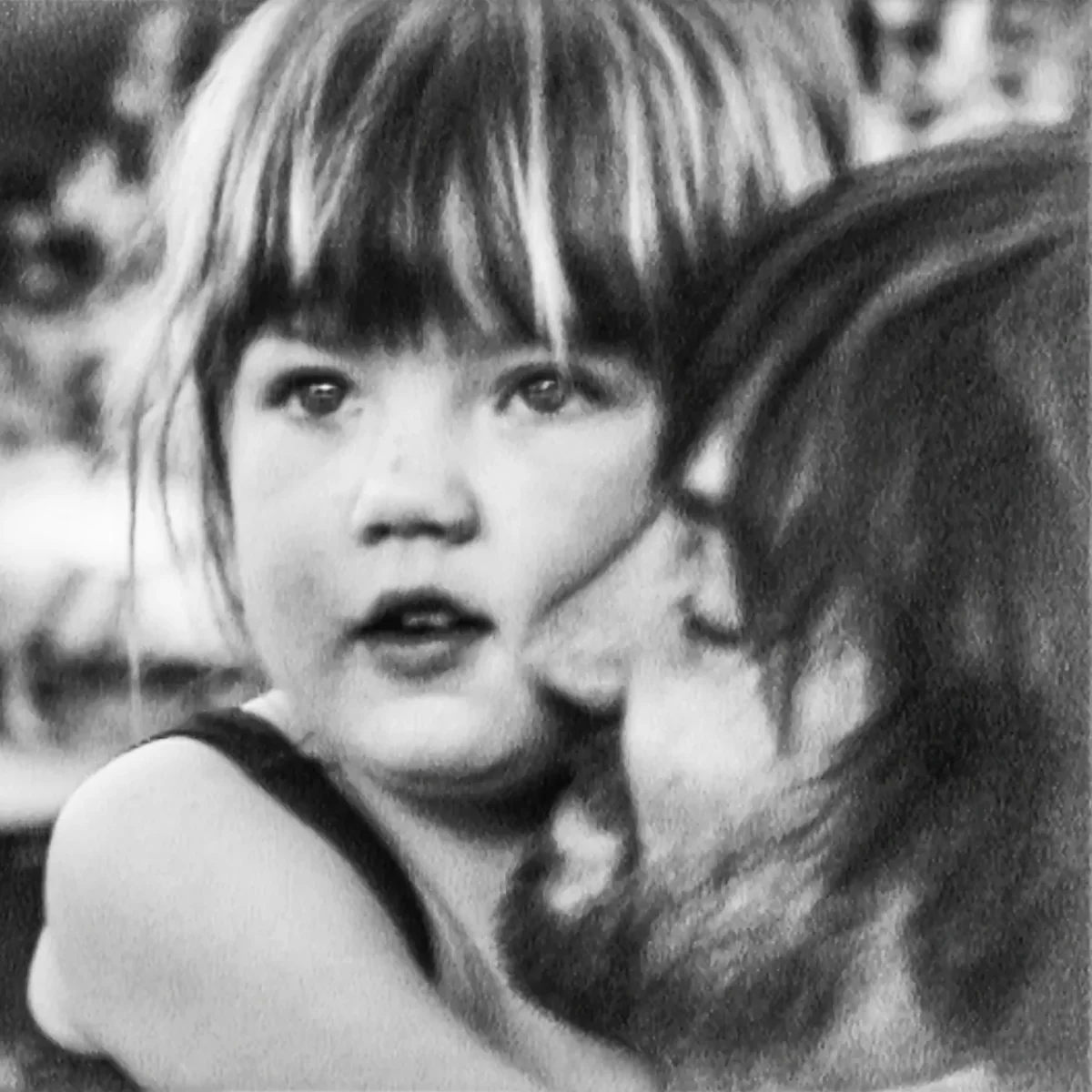

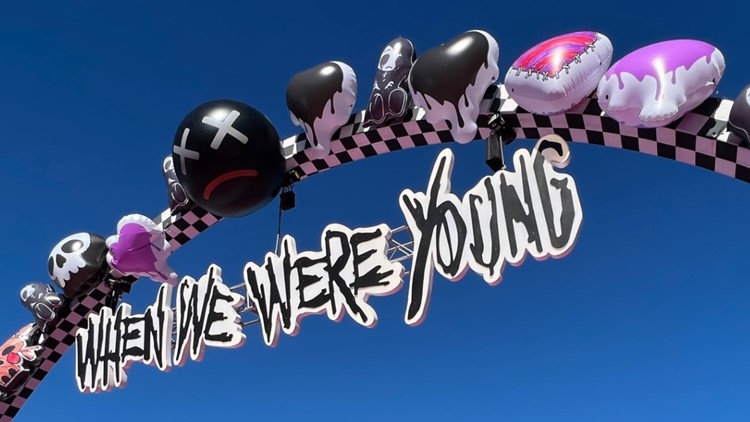


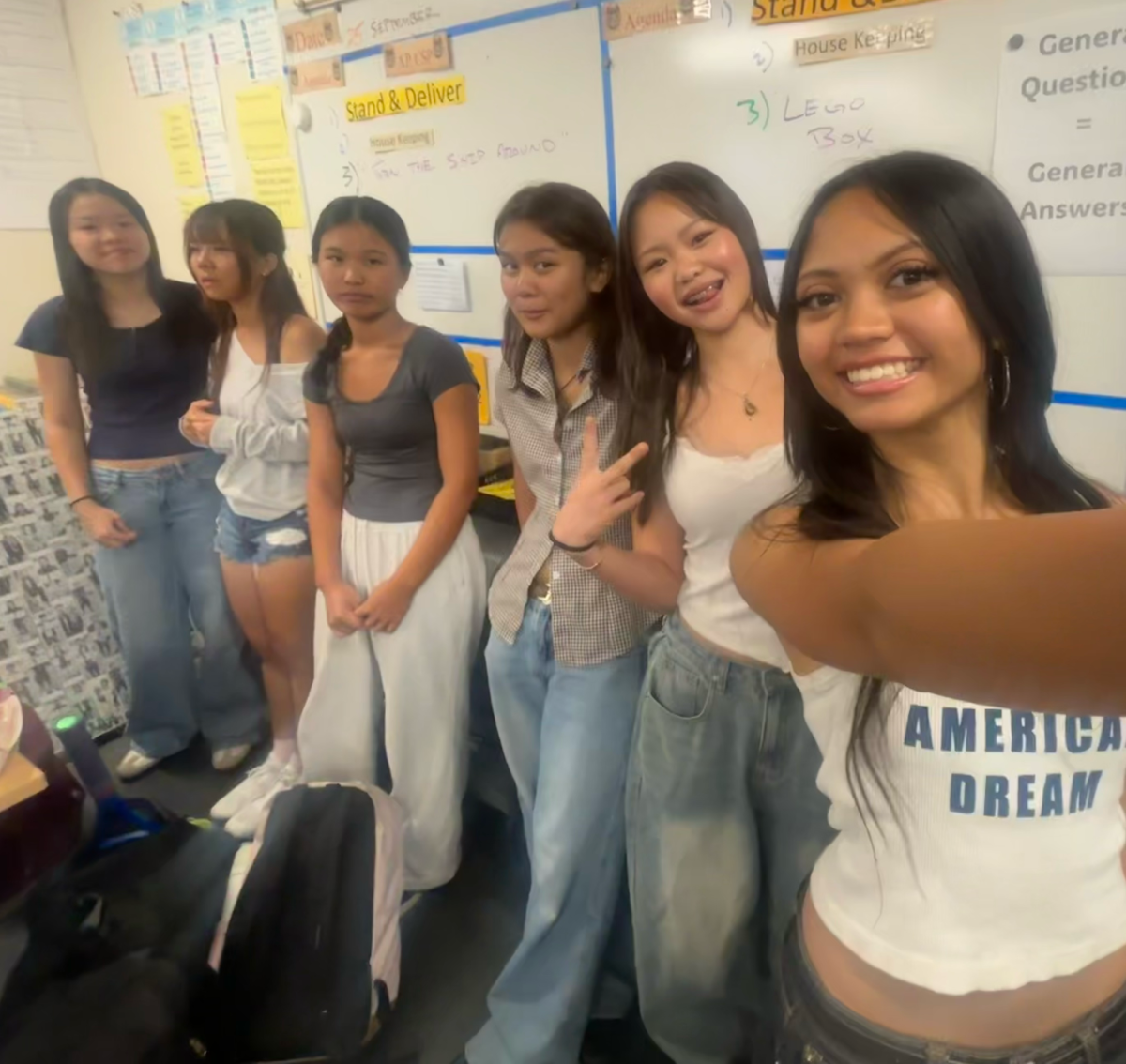



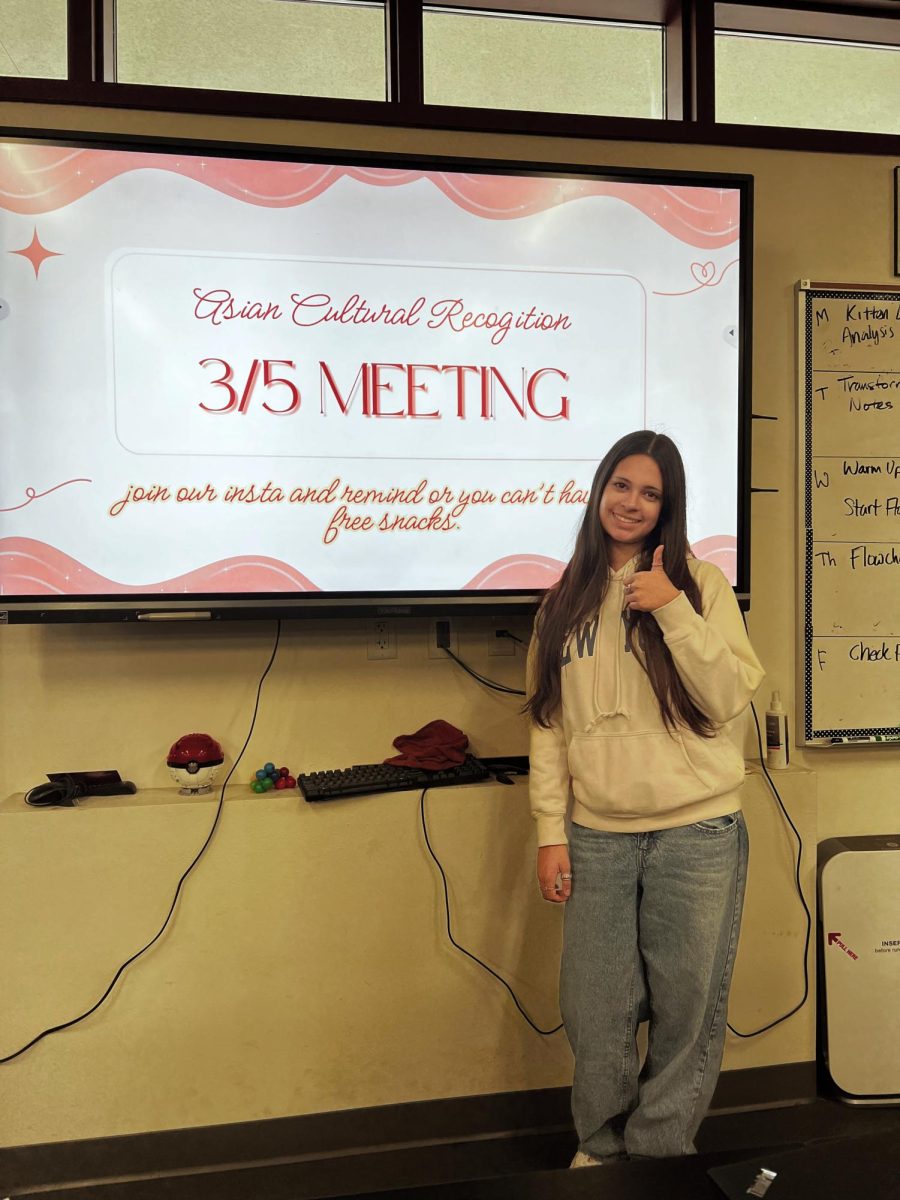






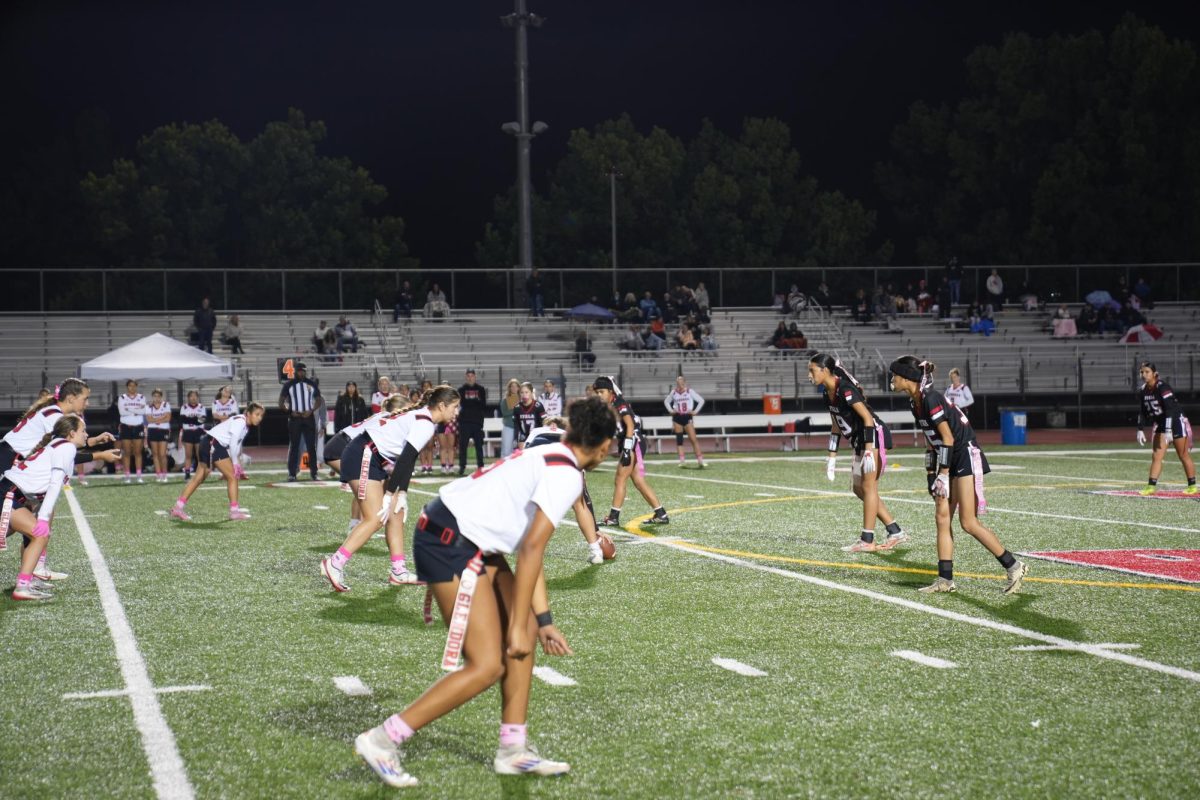
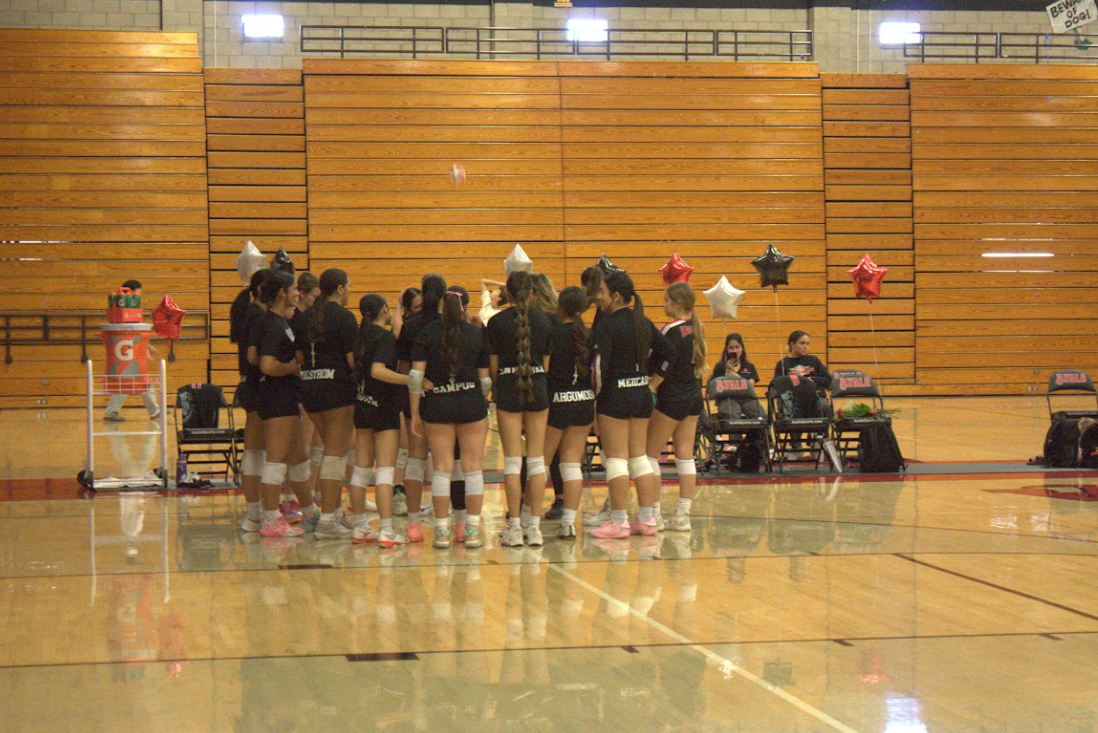

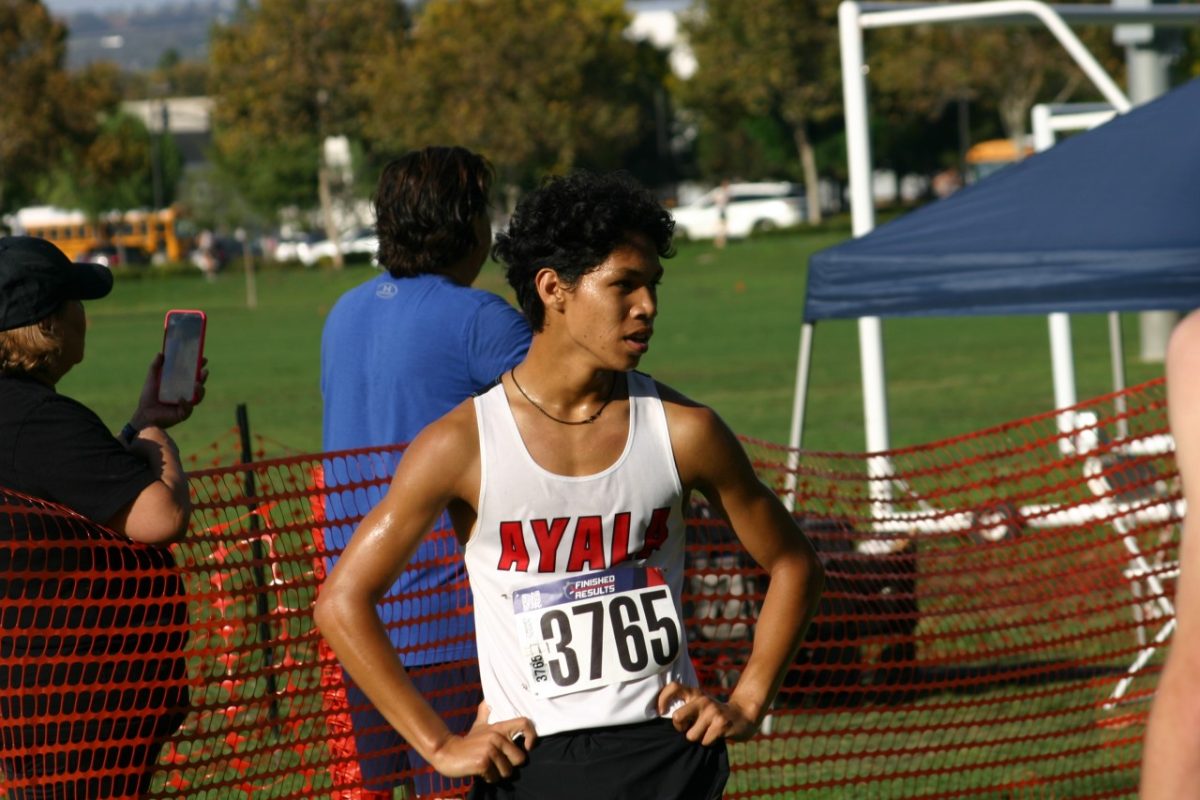
![“I'd say [this season was] successful because I didn't really think I was going to really play much because I'm a freshman. But my coaches took the time and believed in me,” Jonah Boyd (9) said. As a freshman, Boyd has already achieved great success during his first year on the boys Varsity baseball team.](https://ayalabulldogtimes.org/wp-content/uploads/2025/05/IMG_1598-1.jpeg)

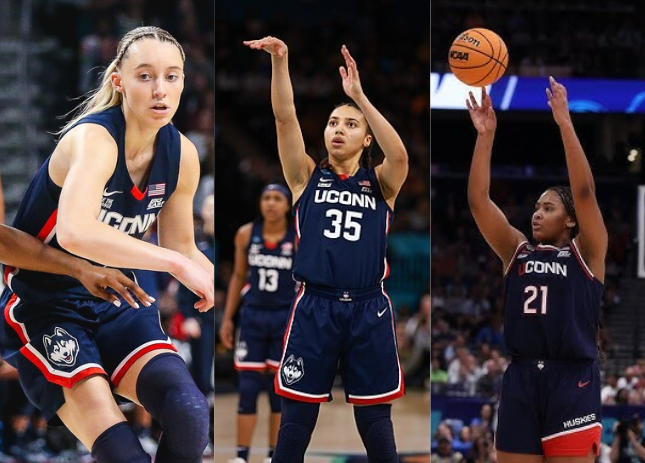
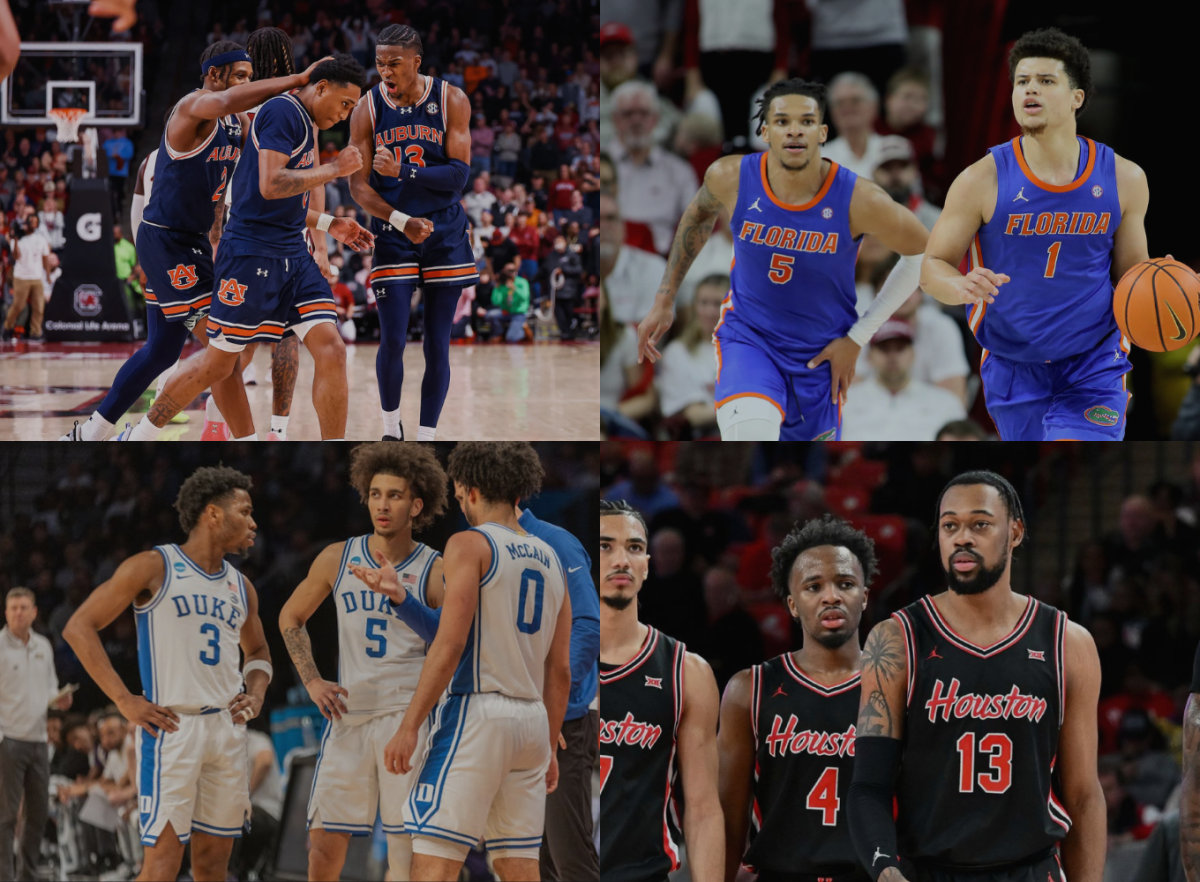
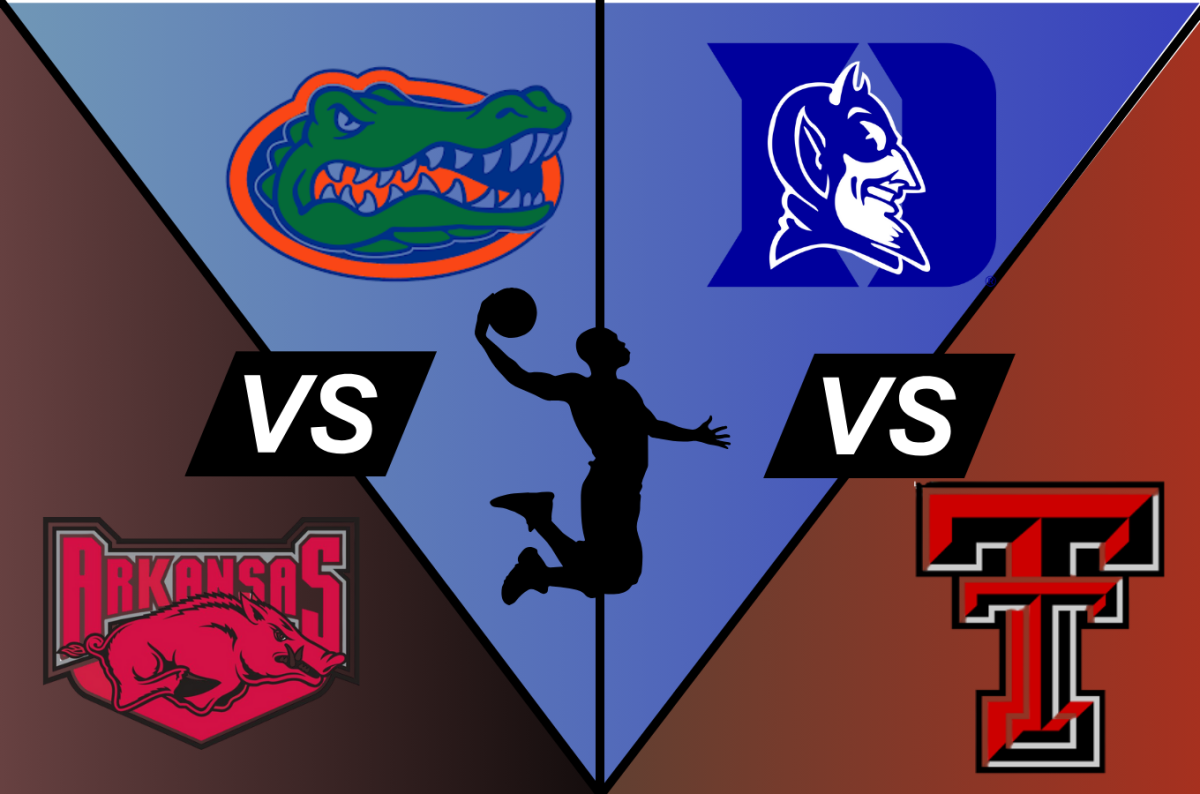
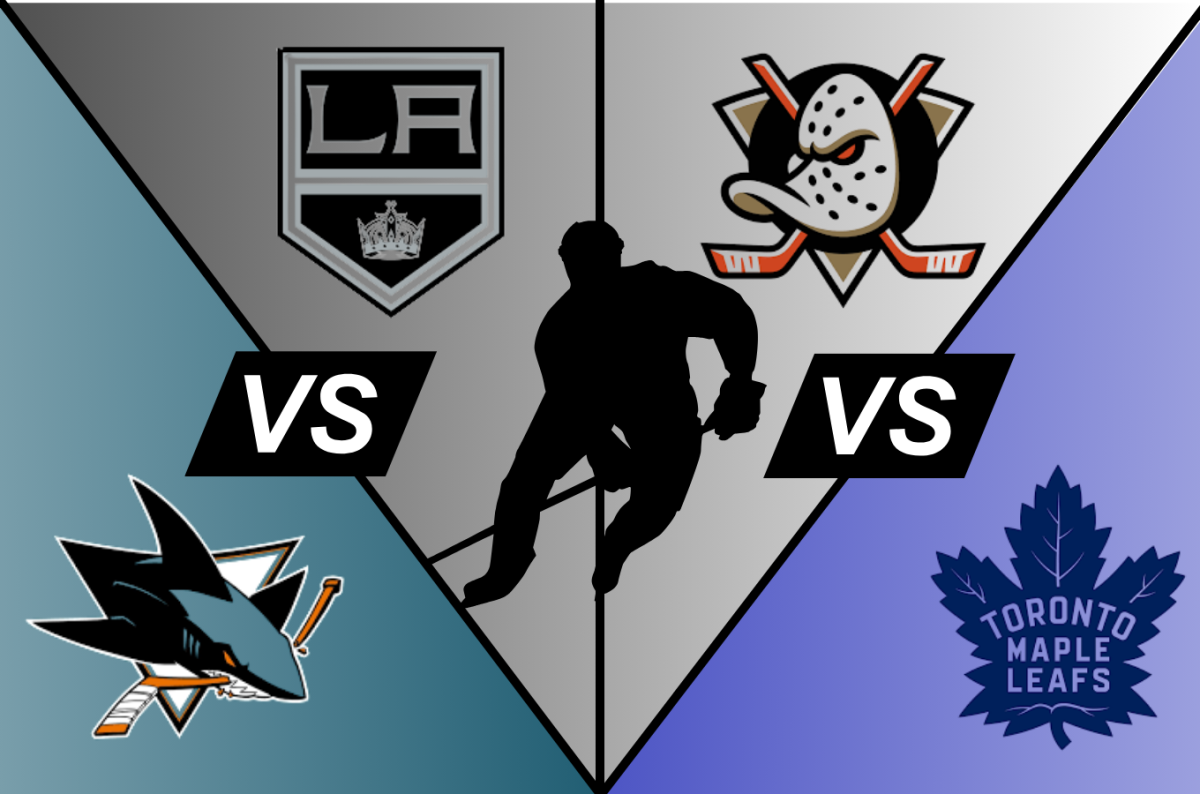
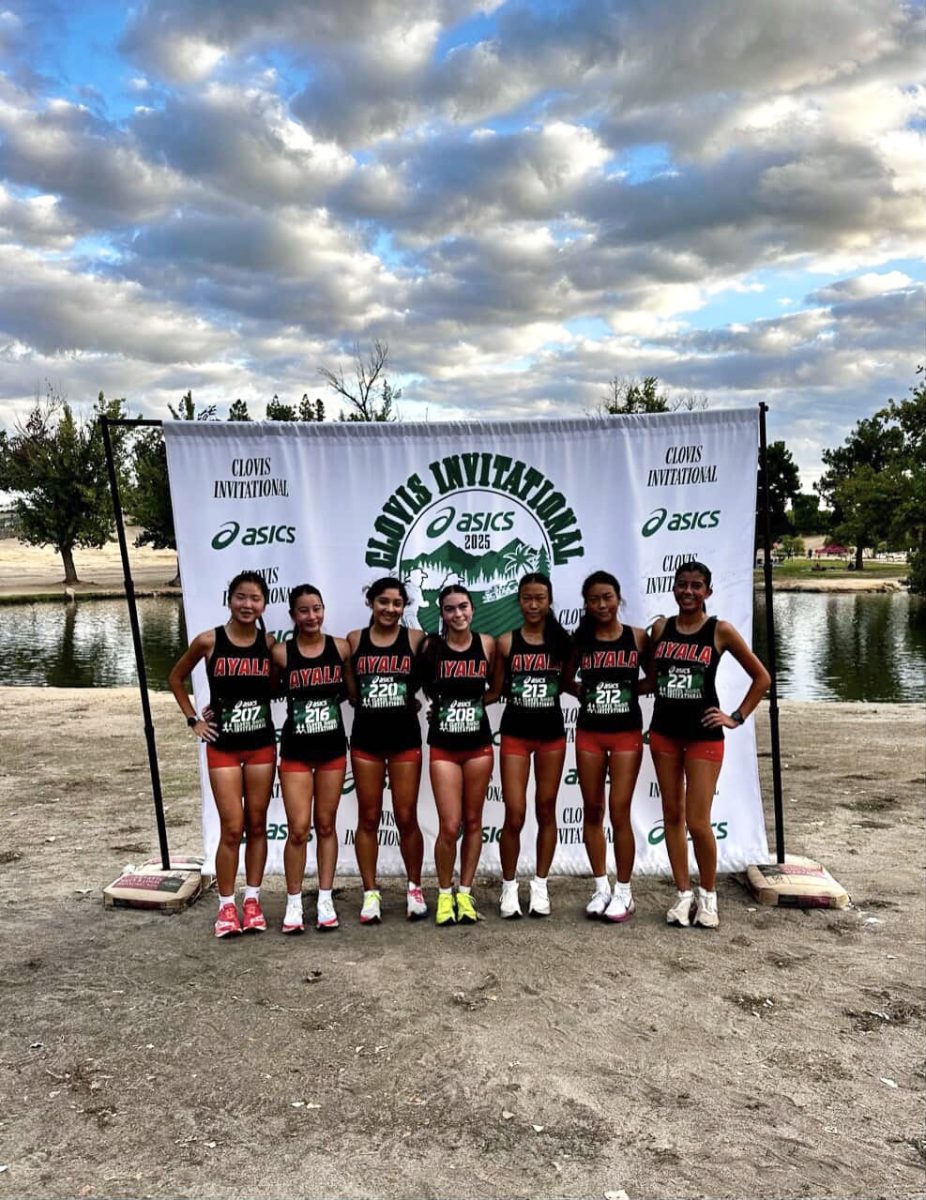
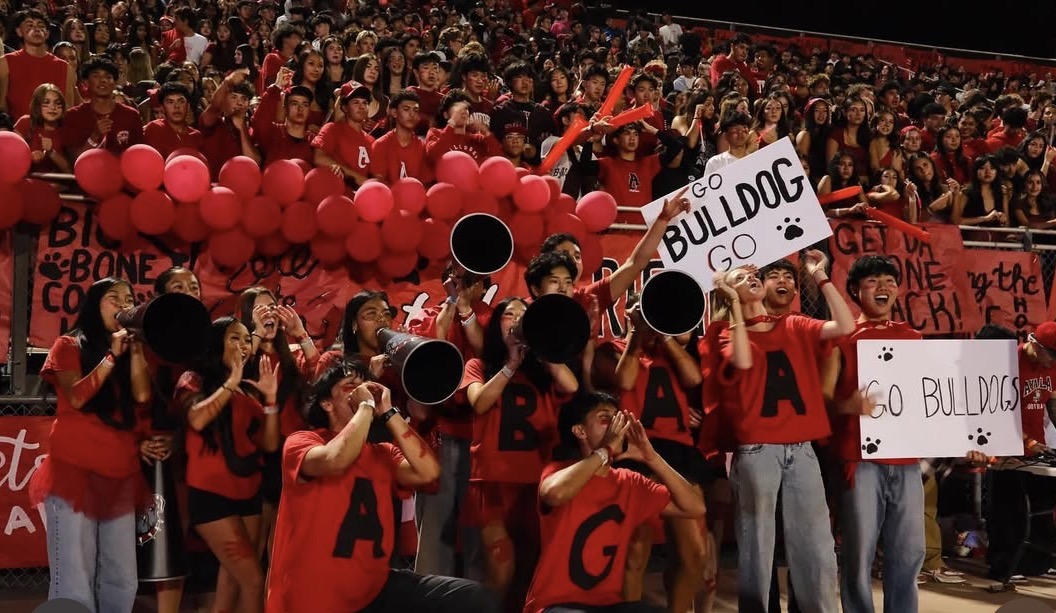

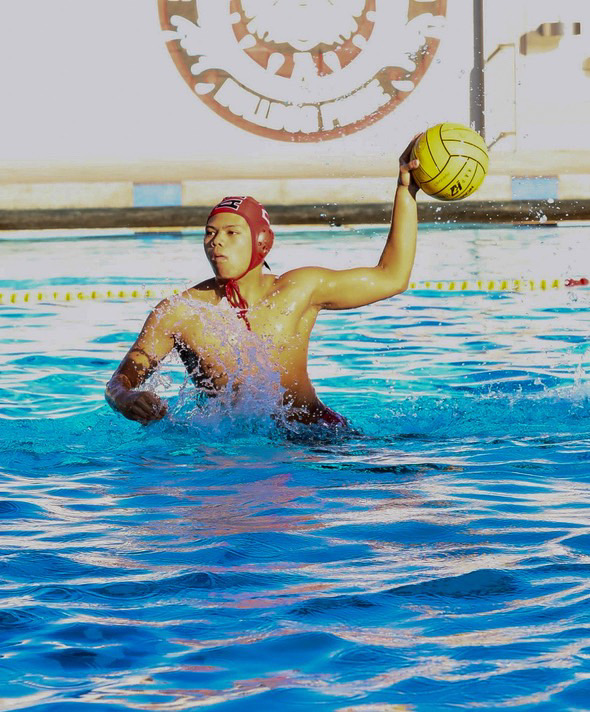
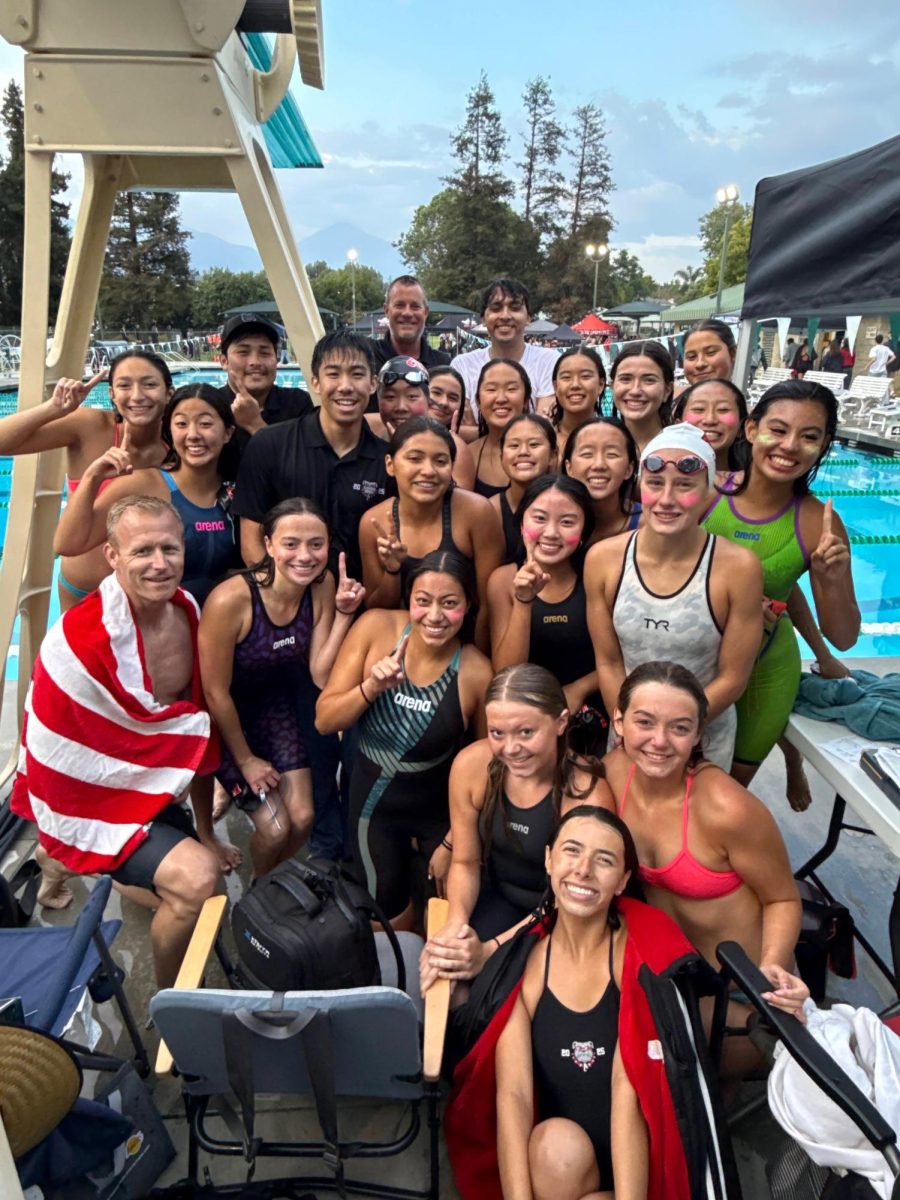


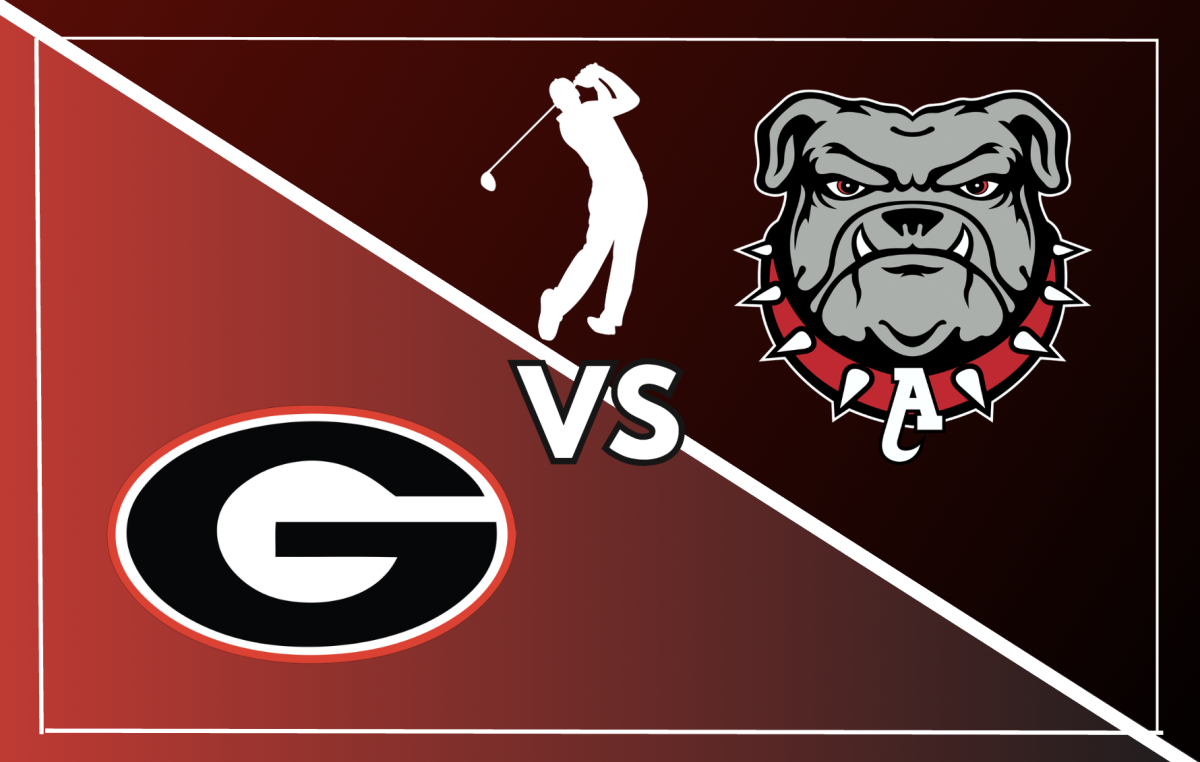
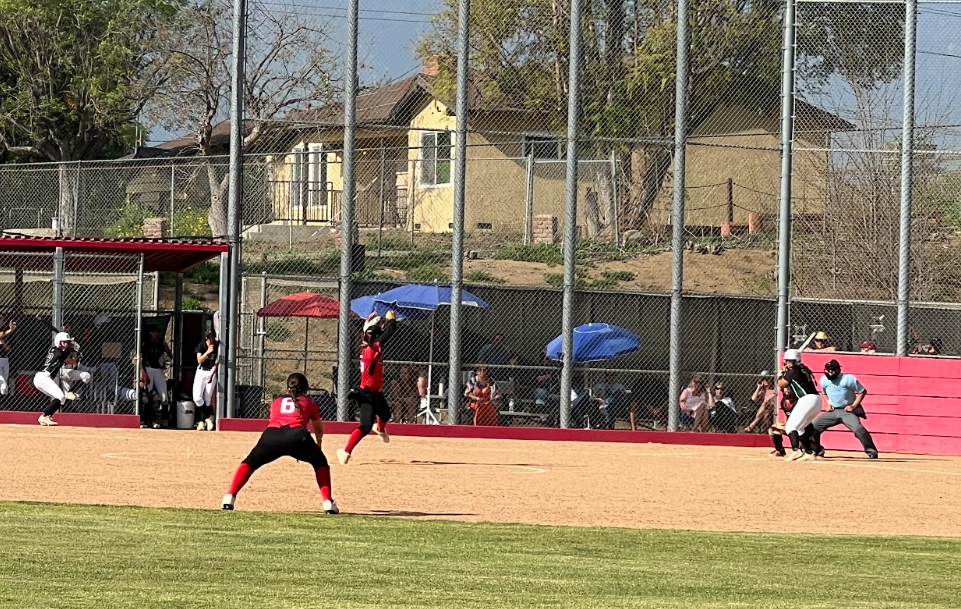


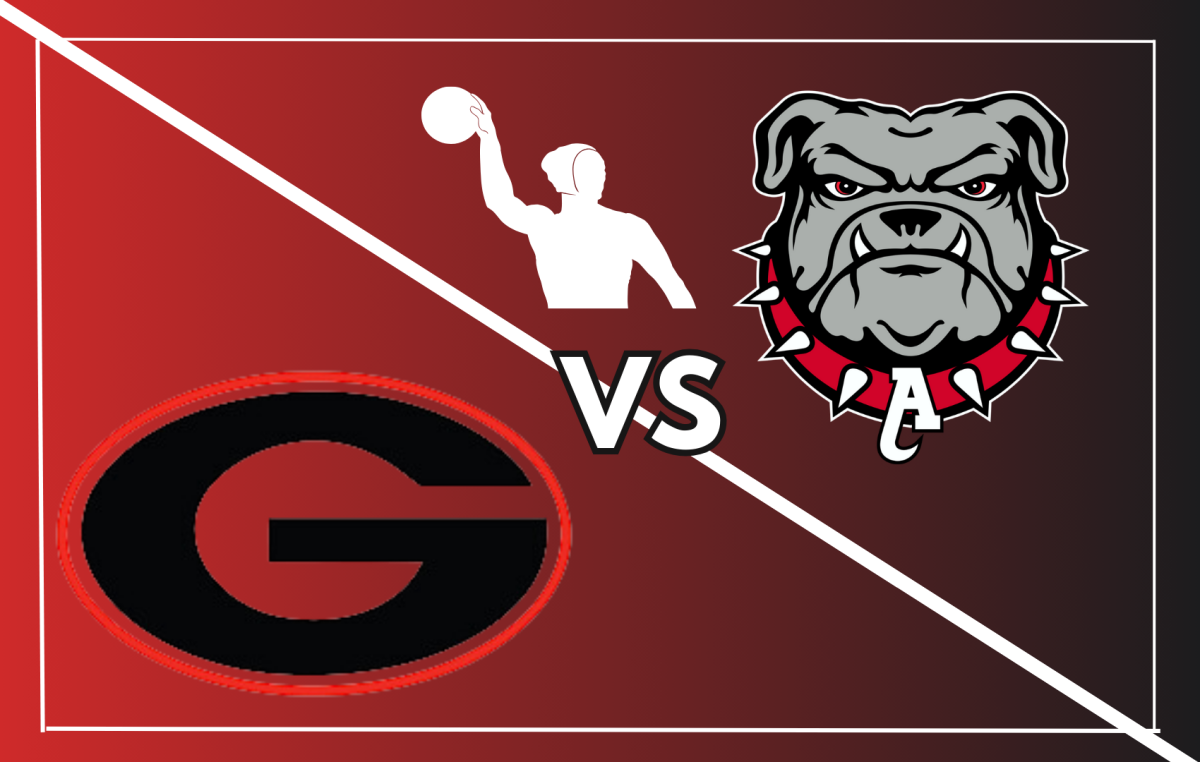
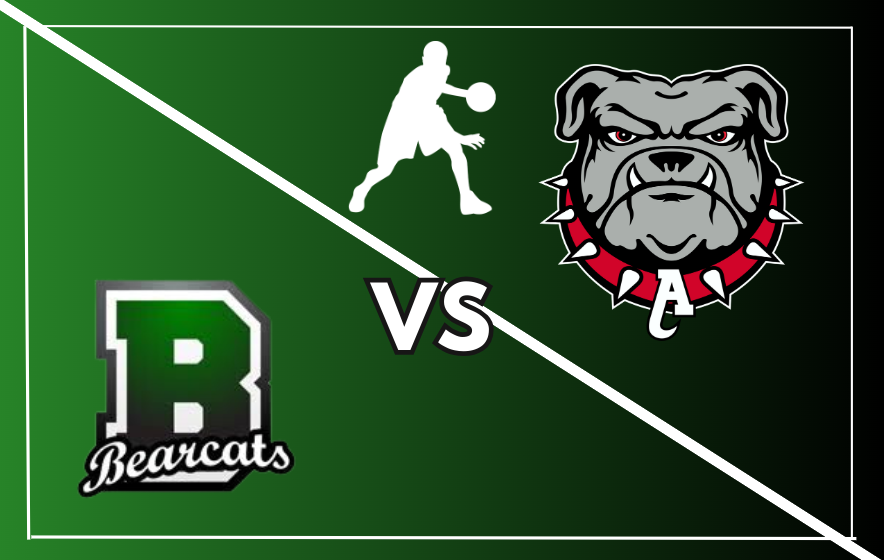
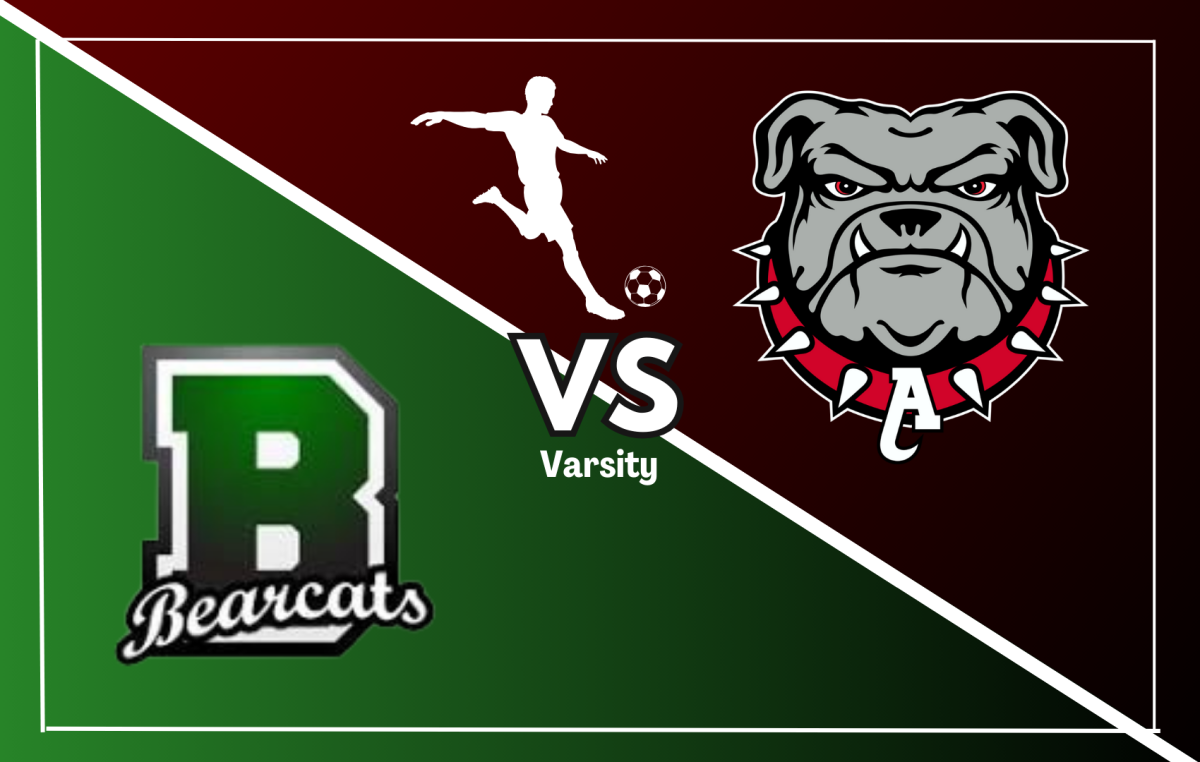
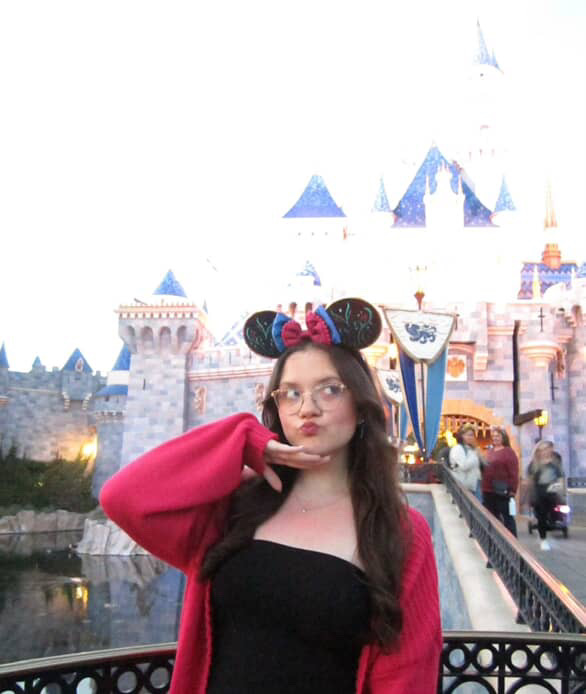








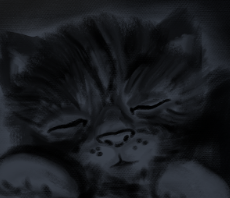



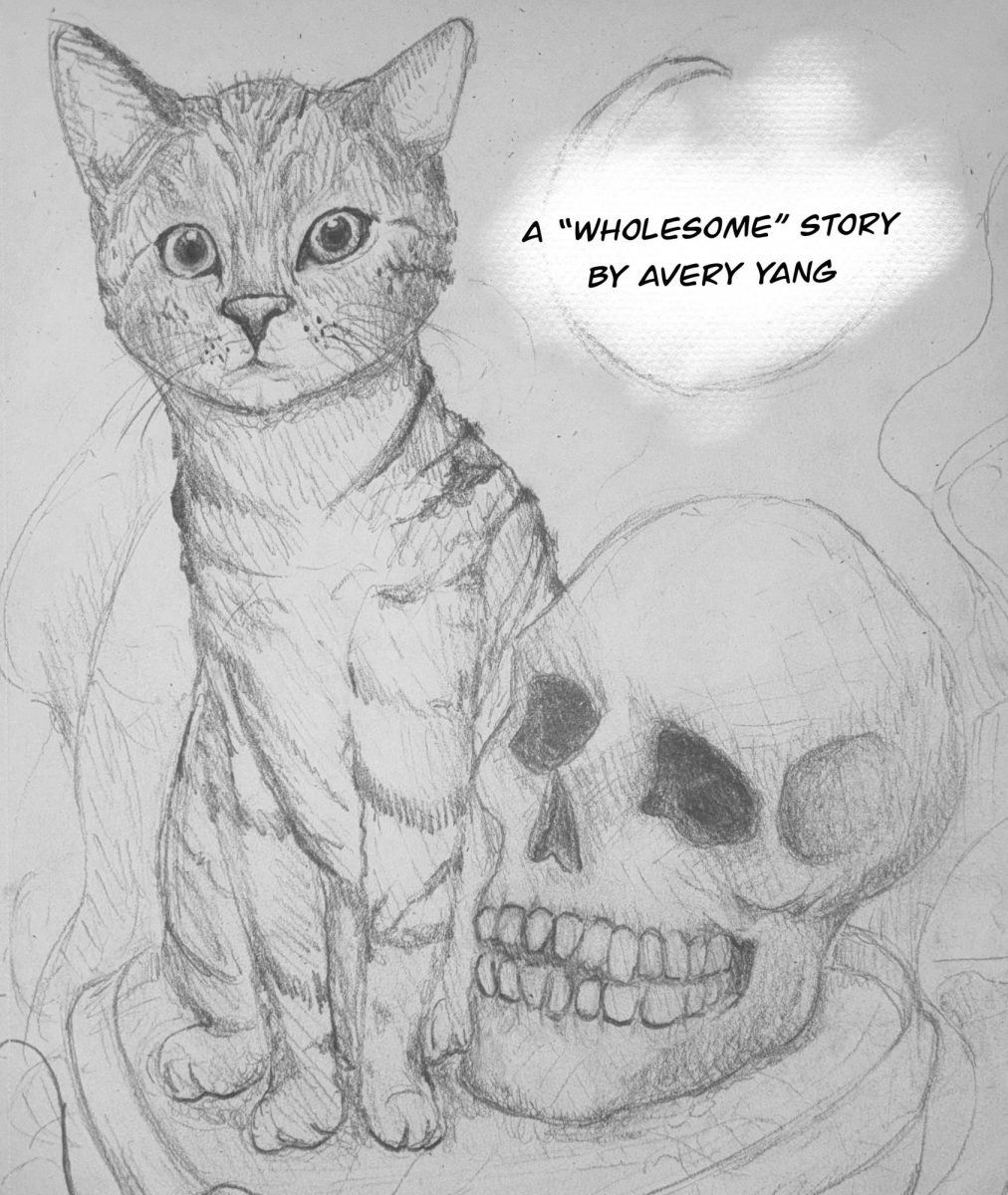
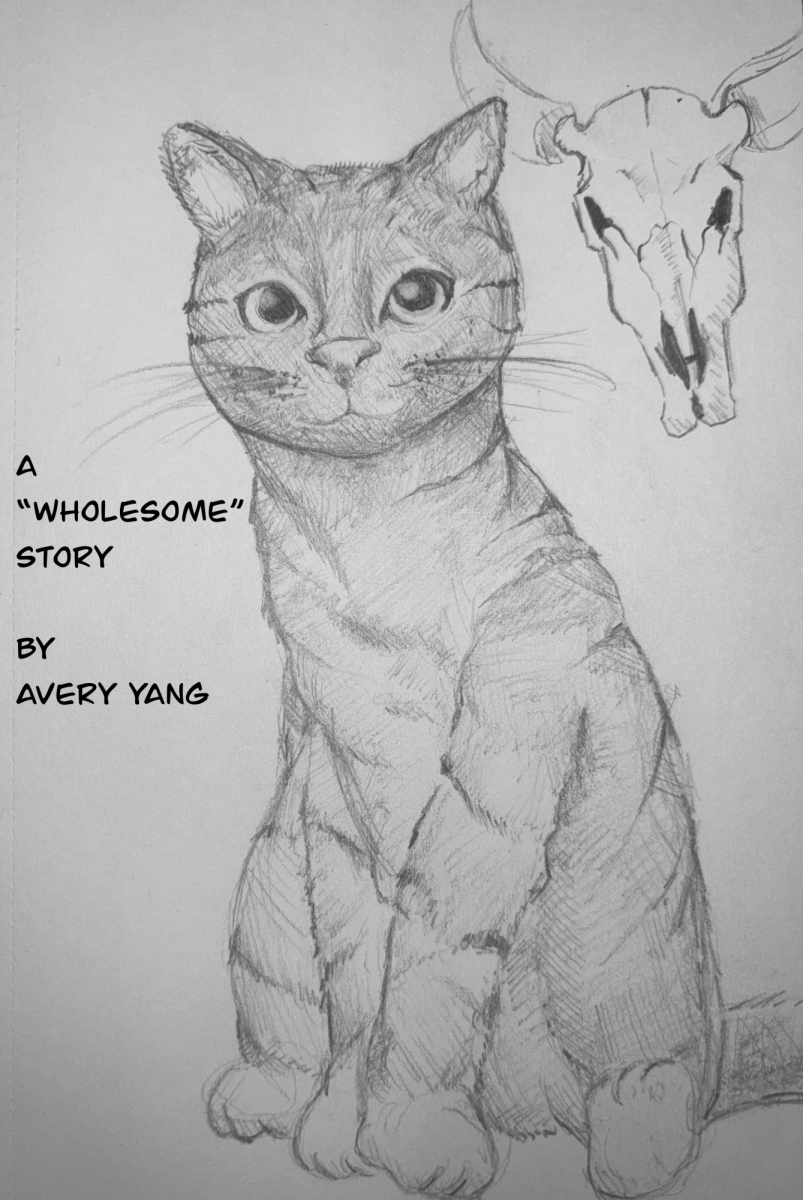
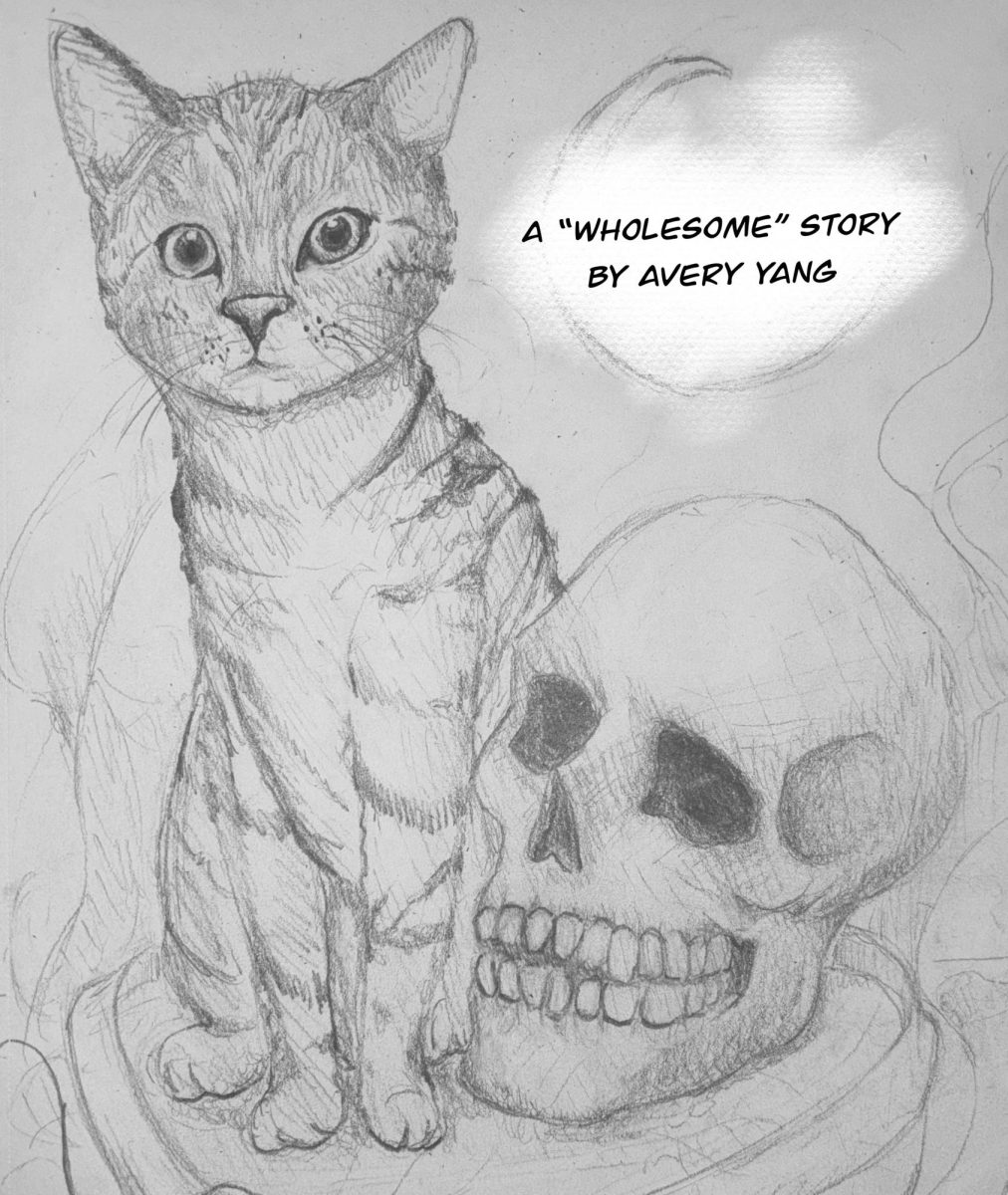
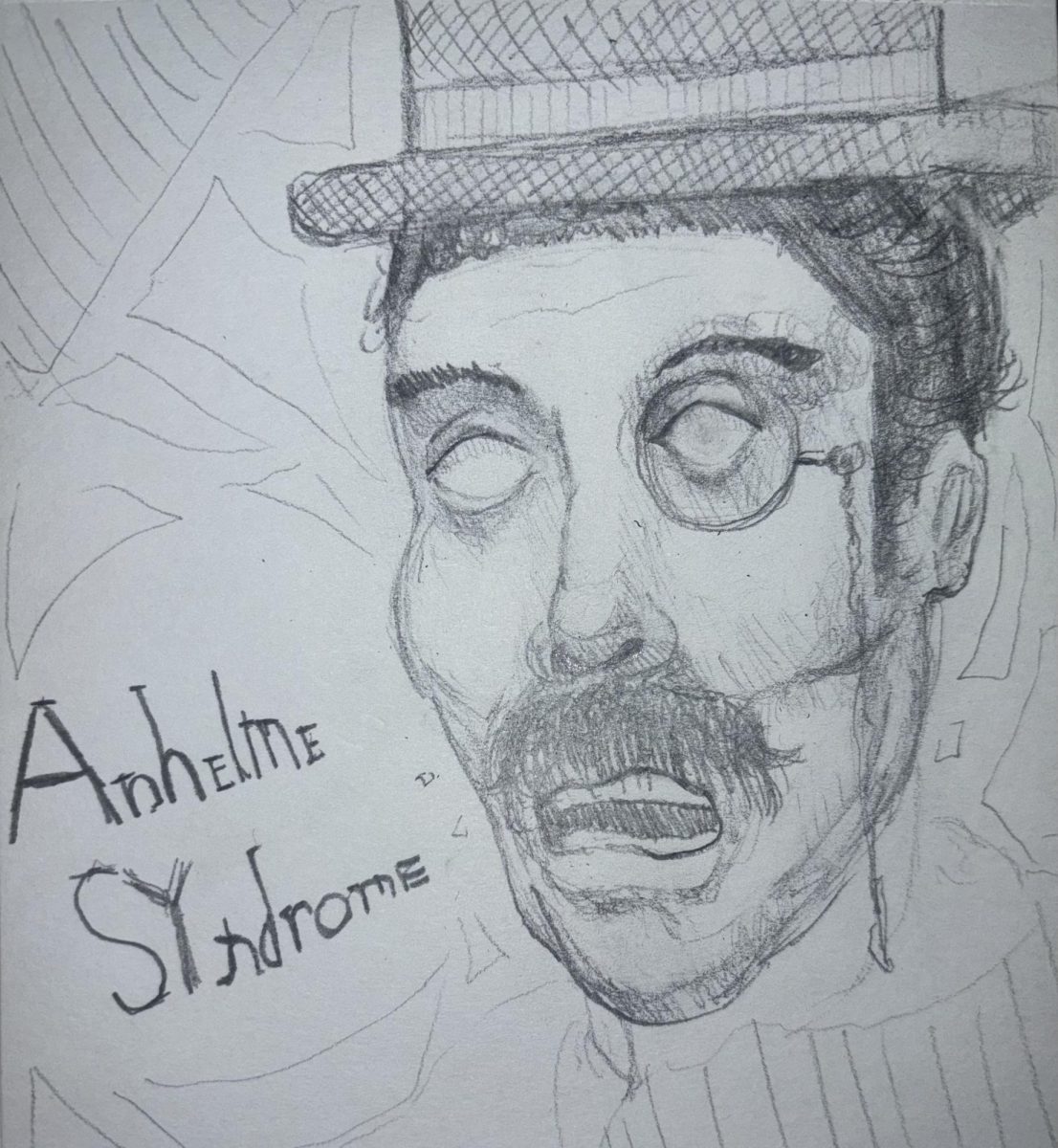










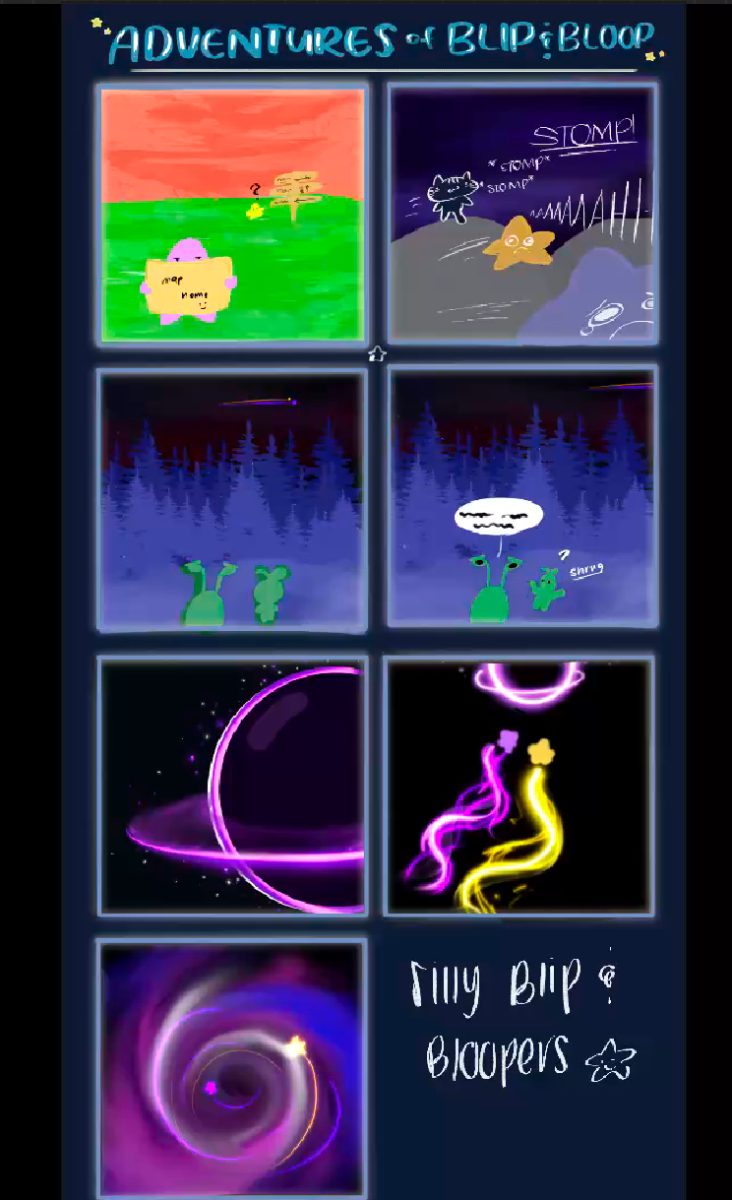
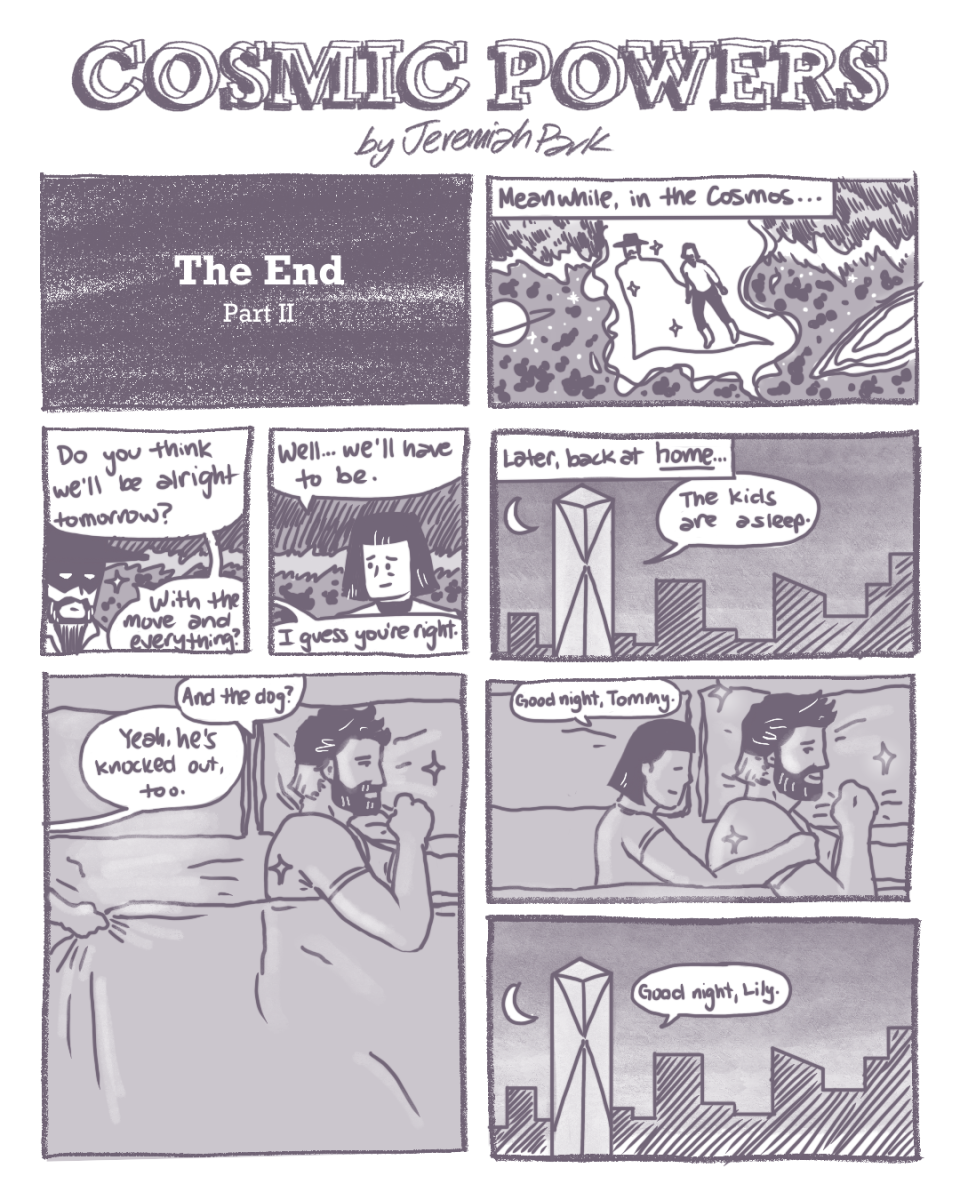
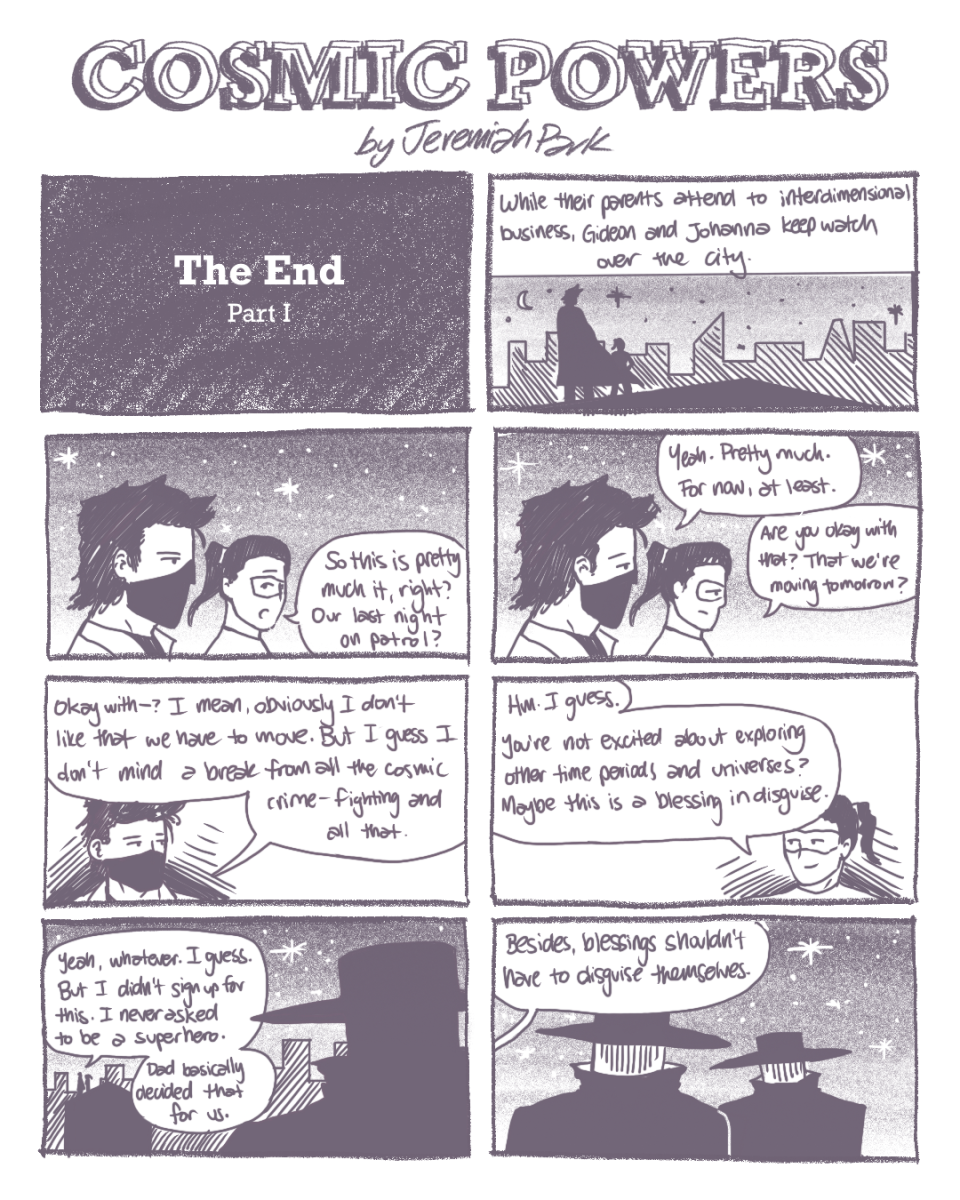
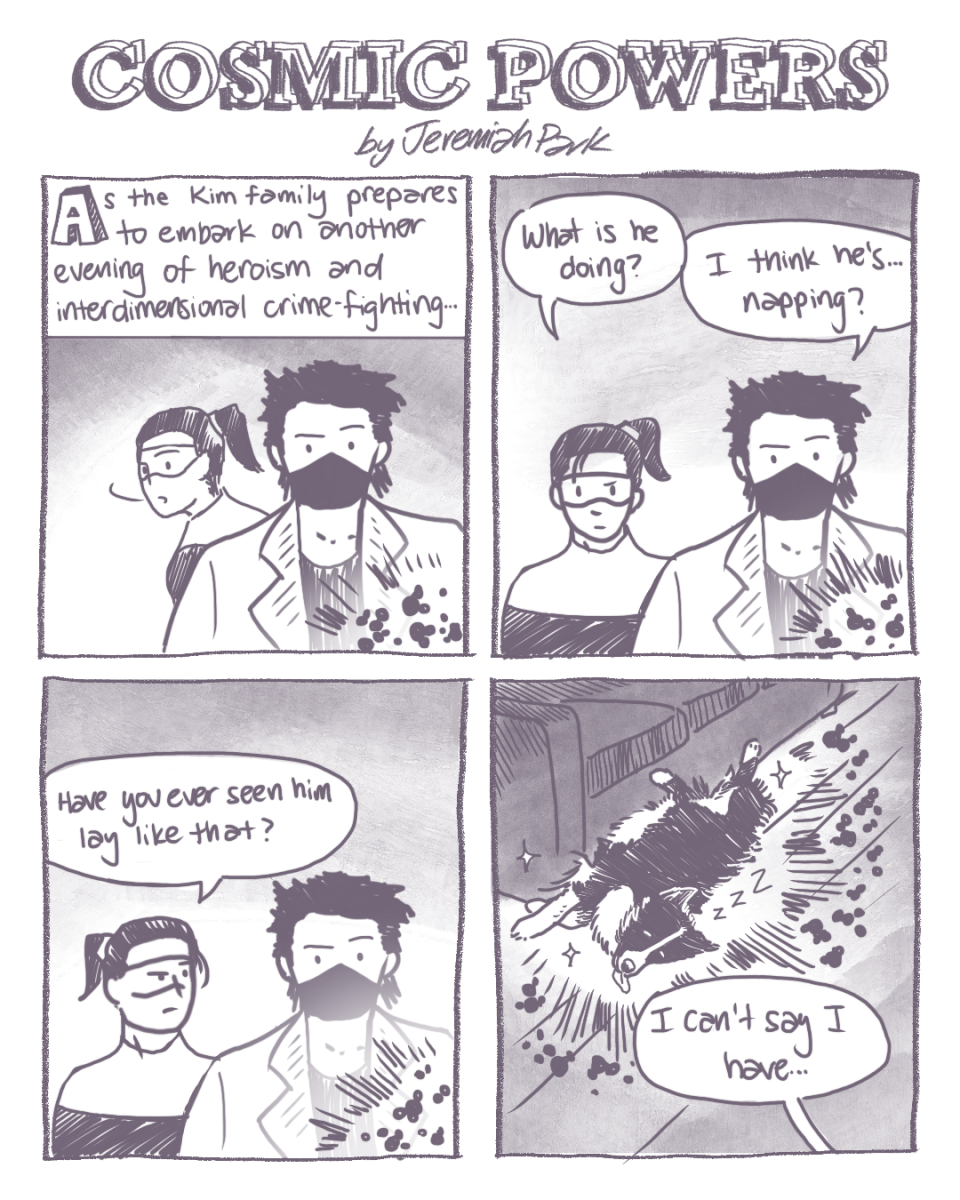

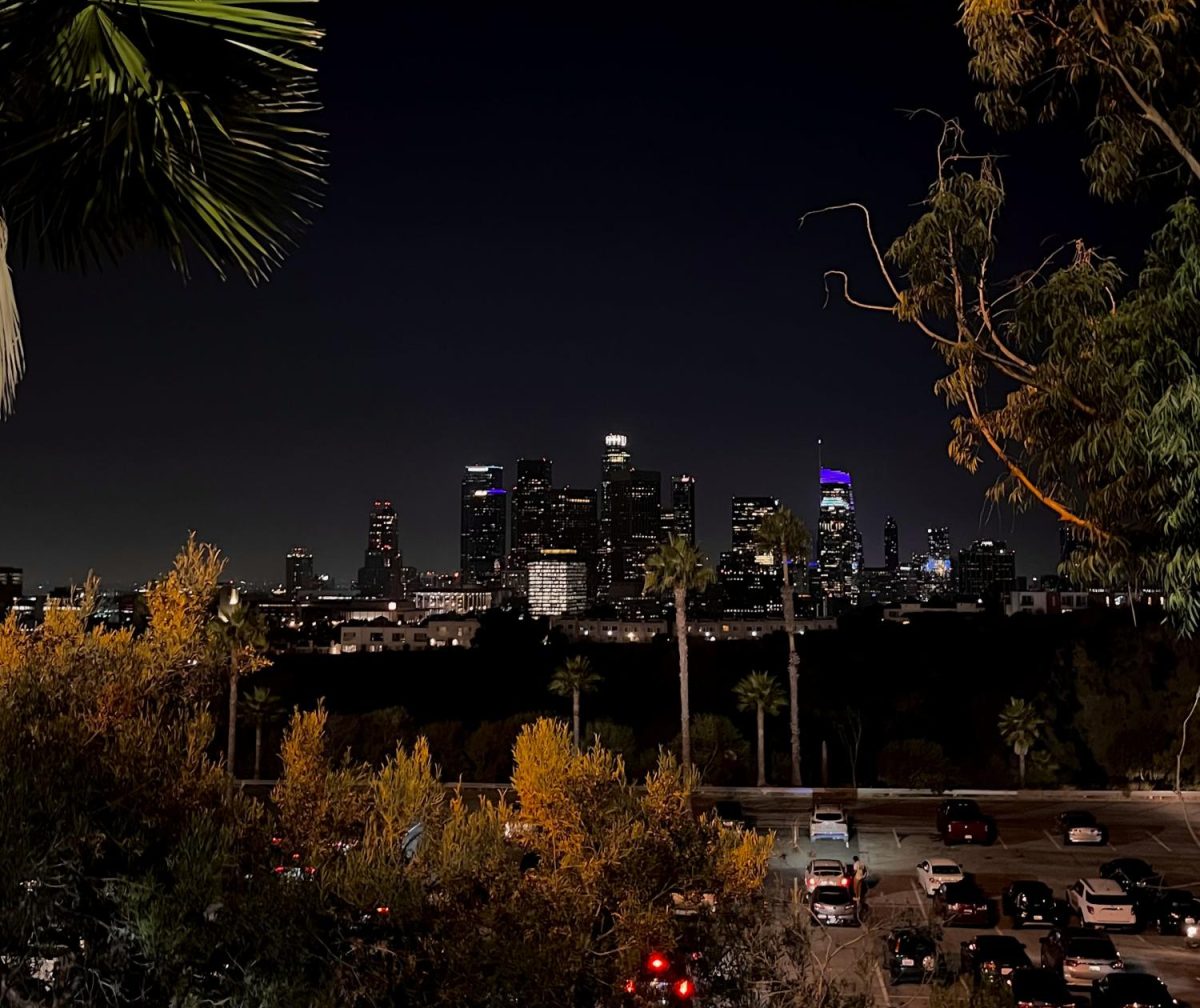



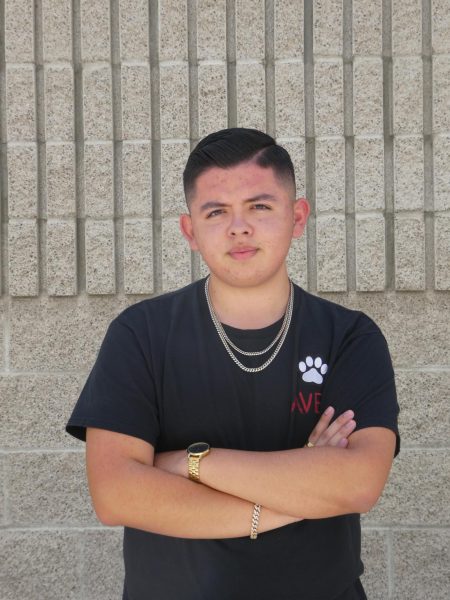
Tyler • Oct 26, 2024 at 8:39 pm
The dodgers can afford to take risks on people other teams have given up on because they have the money to do that and sign Ohtani. My team, the Reds, has to hit on every signing and every prospect because we don’t have the money to sign ohtani, Yamamoto, Glasgow, hernandez, am I missing anyone? It’s a joke. Mlb needs a salary cap or Baseball will continue to decline in popularity except in massive markets.
Tim • Oct 6, 2024 at 7:03 am
Nope, they are definitely ruining baseball.